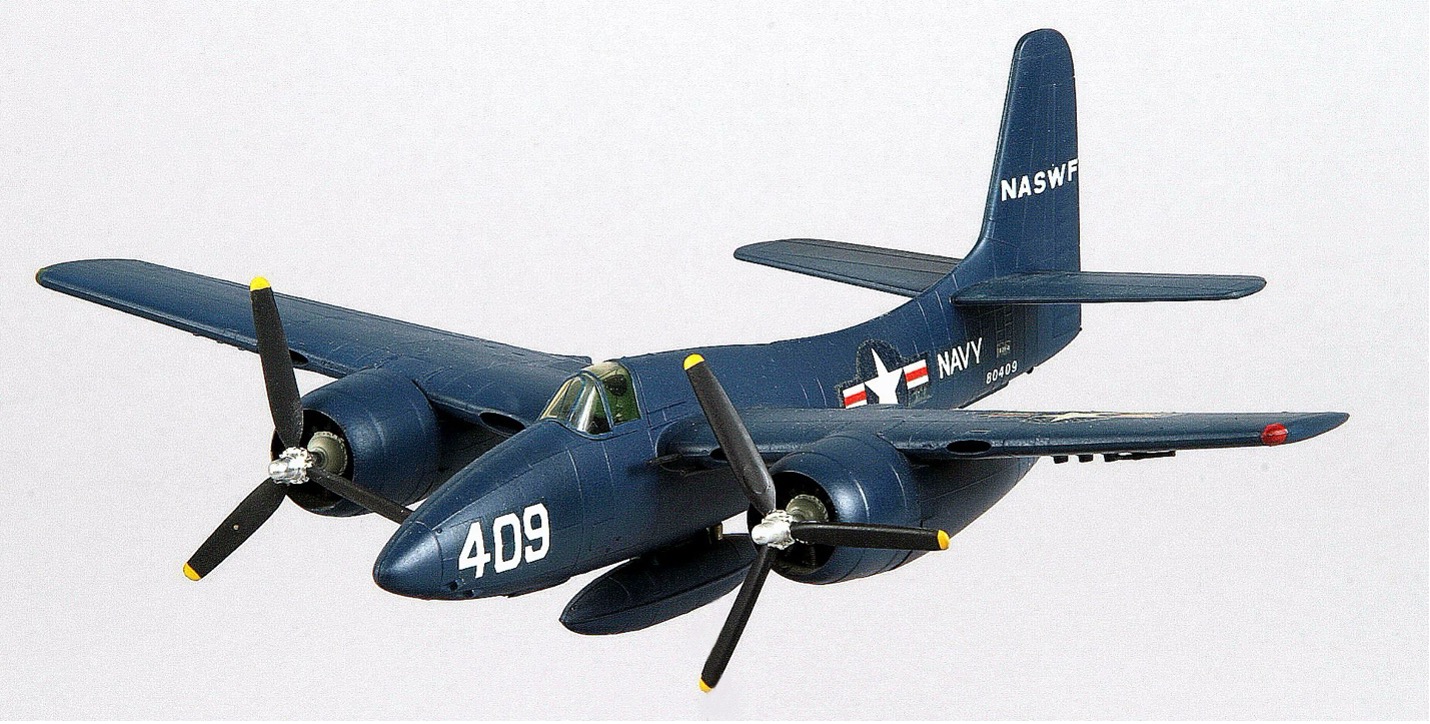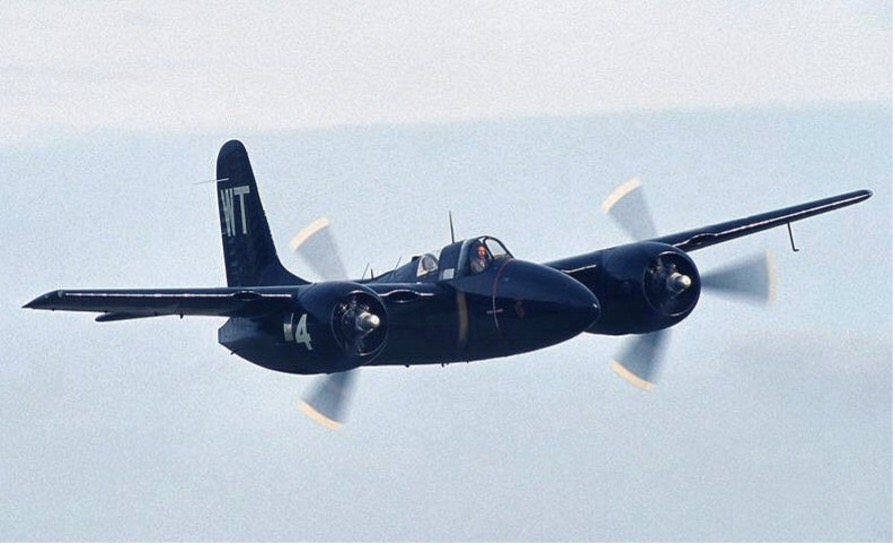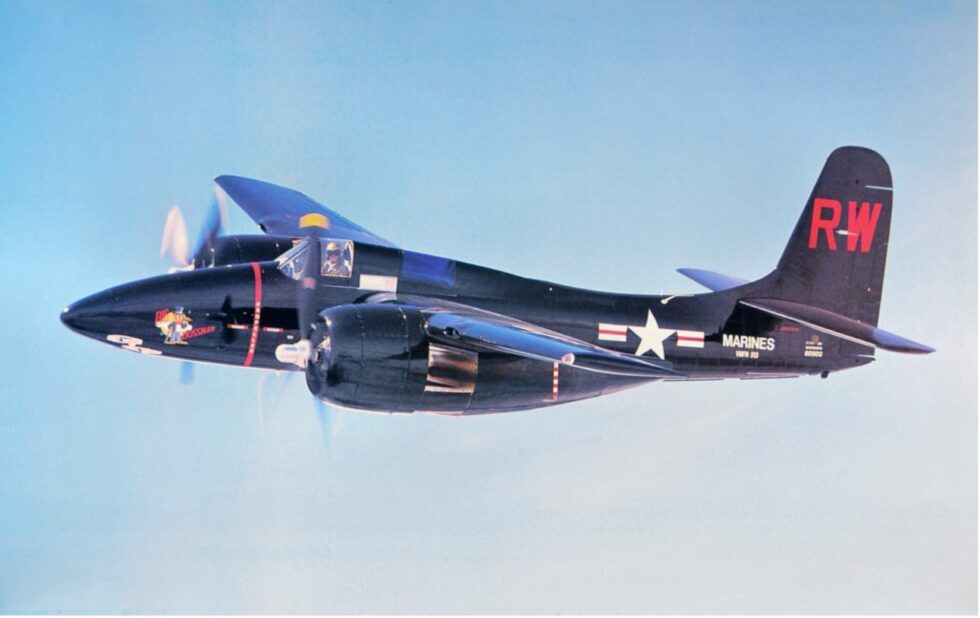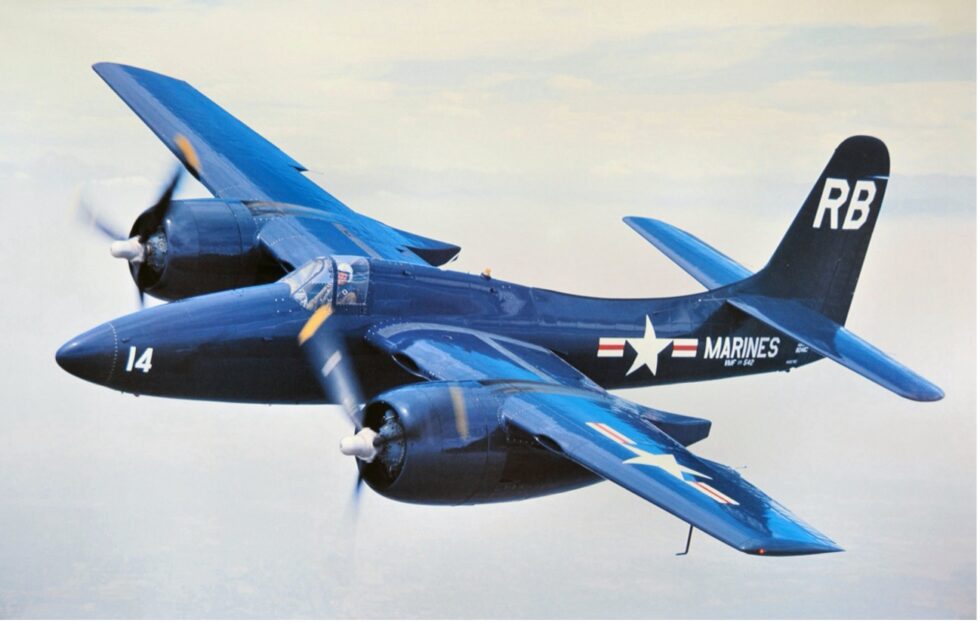U.S. Navy Grumman F7F-3 Tigercat

MODEL BY:
G. Davis
Model Scale:
1/72
MODEL ADDED:
05/06/1981
historical significance
First Albuquerque Visit: 1950
Additional Information:
The Grumman F7F Tigercat is a heavy fighter aircraft that served with the United States Navy and Marine Corps from late in World War II until 1954. It was the first twin-engine fighter to be deployed by the Navy. While the Tigercat was delivered too late to see combat in World War II, it saw action as a night fighter and attack aircraft during the Korean War.
Initially designed for service on Midway-class aircraft carriers, early production F7Fs were land-based variants. This aircraft was too large to operate from older and smaller carriers and a late variant, the F7F-4N, was the only one certified for carrier service. Designed as a night all-weather interceptor the Tigercat was the last twin engine piston Navy fighter. It was quickly replaced by the new jet engine series of naval fighters.
Albuquerque’s Kirtland Field was designated Kirtland Air Force Base in 1947, and the Armed Forces Special Weapons Project (AFSWP) operated on Sandia Base. When the United States Air Force established the Air Force Special Weapons Command (AFSWC) at Kirtland Air Force Base in 1949, the United States Navy formed a detachment to investigate nuclear capabilities for naval aircraft and assist the AFSWP with naval equipment for demonstrations and training. The Naval Weapons Evaluation Facility (NWEF) operated through the Cold War investigating aircraft-weapon interfaces to provide United States Navy aircraft with nuclear weapons delivery capability.
The Grumman F7F Tigercat , Bu No. 80409, was attached to the AFSWC Navy detachment in 1950 at Kirtland Air Force Base in Albuquerque, New Mexico for general liaison duty. It became the “personal” aircraft used by Admiral Trapnell, Commanding Officer of the Special Weapons Joint Command at Kirtland at the time.
GALLERY:
SEARCH OUR DATABASE:



